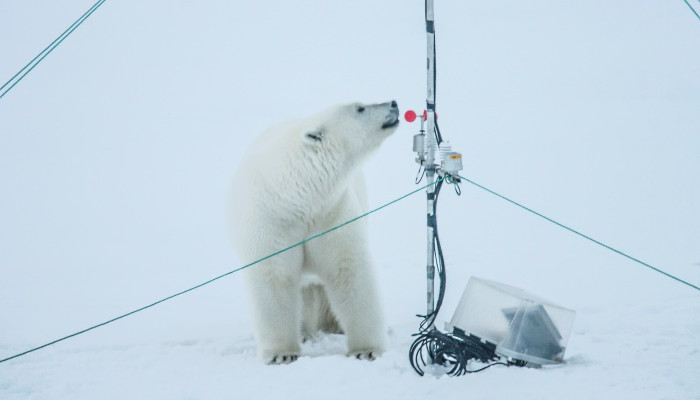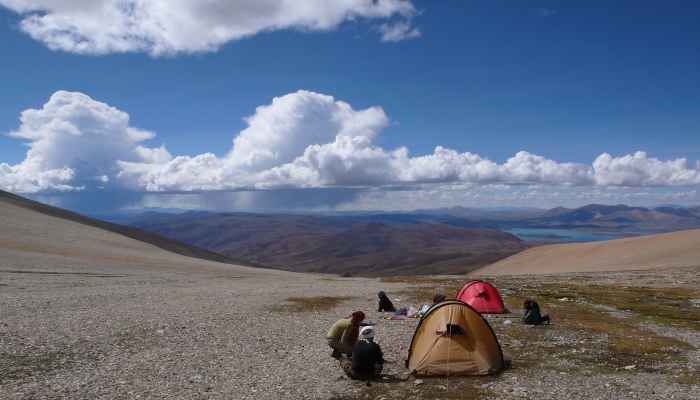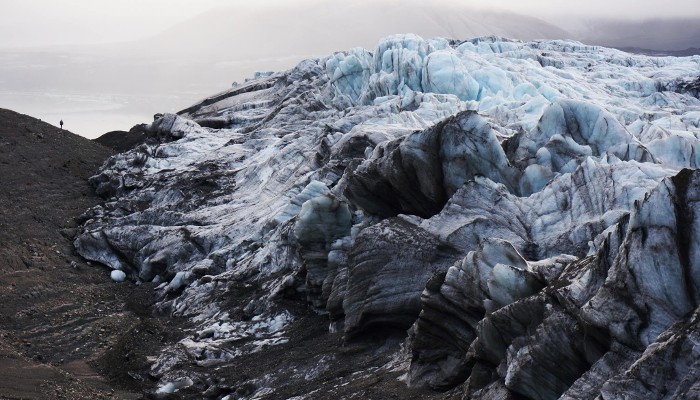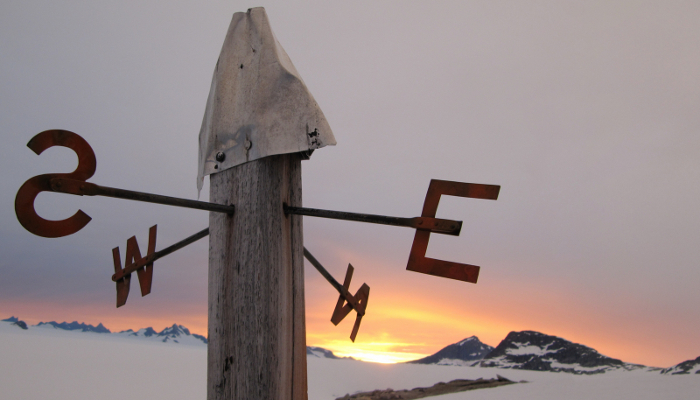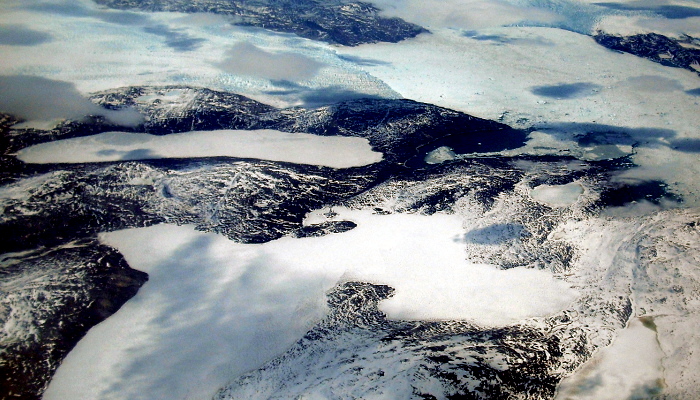A story about CO2 -fluxes between sea-ice and the atmosphere What’s it all about? Whenever I have had to describe my PhD research project to people outside of my research community, I have always found it useful to use an analogy most people are familiar with, namely beers. Now that I have the full attention of the entire class, allow me to explain. Say you were to find yourself at an outside café ...[Read More]
Only extremes – Babis Charalampidis
– In fieldwork, you have no average. You just have extremes. When Daniel spoke his mind out loud we were facing a bright sunny day coming in from the opening of our tent. We were very glad to see that and ready to engage with our glaciological tasks. Our camp site was at the immediate fore field of the A. P. Olsen ice cap in Northeast Greenland. We had arrived there the previous evening and ...[Read More]
Four years in Tibet – Eva Huintjes
The Tibetan Plateau – area: 2.5 million km2, mean elevation: 4,700 m a.s.l., surrounded by a series of high mountain ranges that are home to some of the world’s highest peaks: Himalayas, Karakoram, Pamir, Kunlun Shan. Considering these characteristics and the unique cultural heritage of Tibet the decision was easy when I was asked if I am interested working in a project on the regional patterns of ...[Read More]
The bi-polar behaviour of surge-type glaciers – Heidi Sevestre
Surge-type glaciers are the bi-polar member of the family of glacier dynamics. Every now and then they go into a complete fury and nobody really understands why. What are surge-type glaciers? Surge-type glaciers typically go through what we call the “surge cycle”. It is divided into two phases; a long quiescent phase during which the glacier is more or less dormant, followed by much shorter phase ...[Read More]
Around the Poles in approx. 100 minutes: Earth Observation for Climate Science and the Cryosphere – Anna Maria Trofaier and Anne Stefaniak
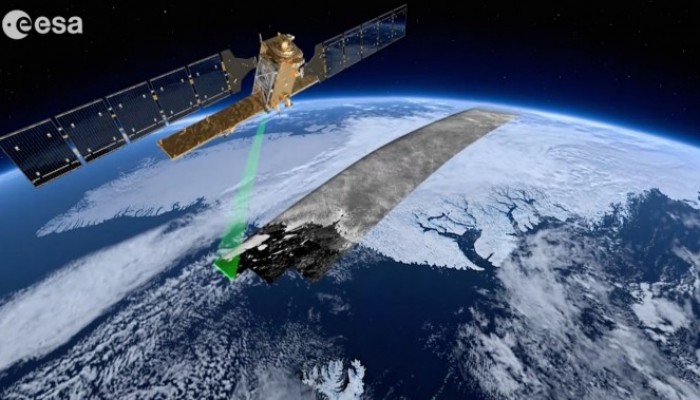
Everyday we come into contact with technology that has changed the way we work, live and even think. Yet it is still easy to forget how integral satellite technology is to our daily lives; over two thousand artificial satellites currently orbit our planet – satellites for navigation, for telecommunication, for meteorology, and for environmental and climate monitoring. The latter two categori ...[Read More]
4 Reasons Why You Should Get Involved as an Early Career Scientist (& a caveat) – Allen Pope
You’re an early career scientist (ECS), or maybe you mentor one. So you know that we ECS are busy people, with responsibilities ranging from coursework to teaching, research to outreach, and labwork to fieldwork. And now there is this listicle (no, I’m not embarrassed about choosing this format) telling you to make time in your already packed day to volunteer some of your time to a(n early career) ...[Read More]
My drone summer – Johnny Ryan
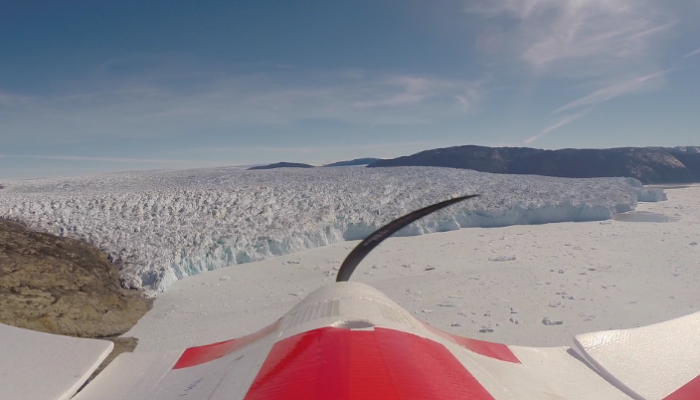
In the summer of 2014, our group at Aberystwyth University and the University of Cambridge decided to pursue an ambitious but exciting field campaign in West Greenland. The aim was to survey Store Glacier once a day using a fixed-wing unmanned aerial vehicle (UAV) (see photo above for a view from the UAV on its way back from a mission with Store Glacier, West Greenland in the background). The UAV ...[Read More]
Welcome!
Hello and welcome to the blog of the EGU Cryosphere Division. This blog aims to spread the enthusiasm for ice in all its forms – from snow, glaciers and ice sheets, to ice crystals, extra-terrestrial ice bodies and isotopic ice composition. The blog will feature stories related to cryospheric research, particularly the latest in fieldwork programmes, research projects and scientific results. With ...[Read More]

